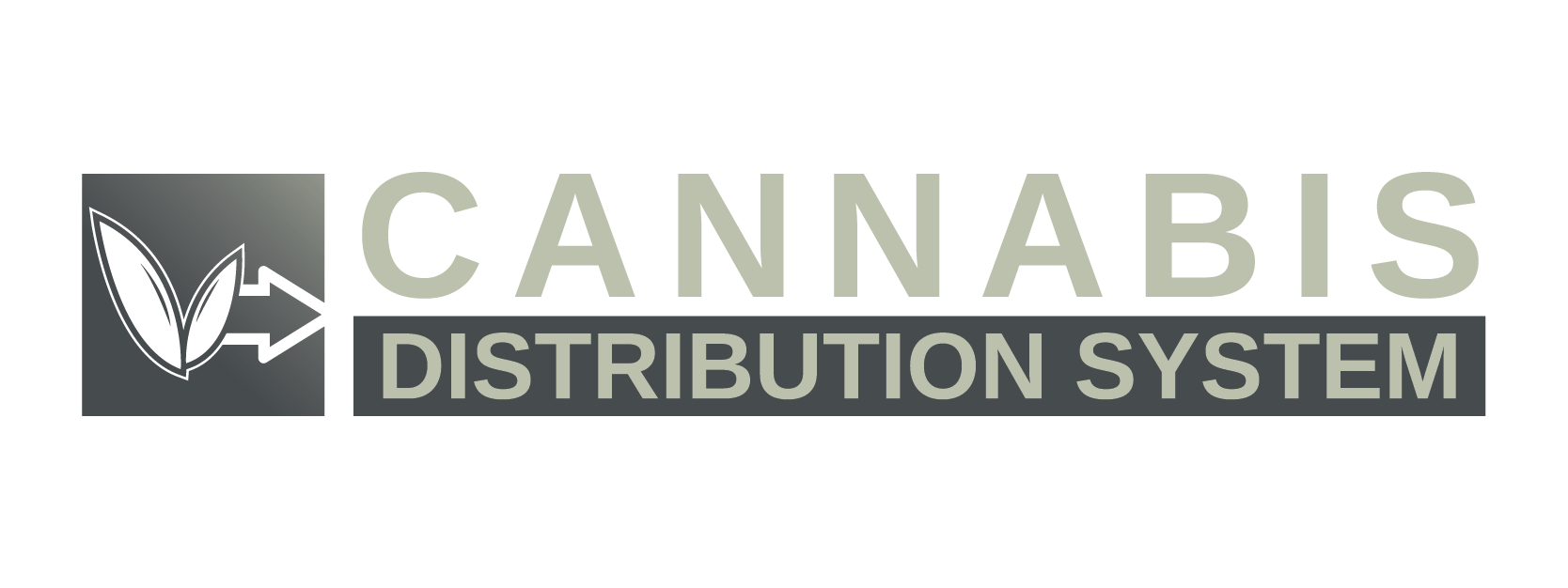In today’s fast-evolving cannabis market, successful cultivators are no longer relying solely on gut instinct or legacy knowledge to guide their planting decisions. Instead, they are tapping into a rich stream of distribution data—sourced from dispensary sales, wholesale transactions, and fulfillment analytics—to drive precision in harvest planning and strain prioritization. This data-driven approach is helping growers match supply with demand more effectively, reduce waste, and strengthen relationships with distributors and retail partners.
Demand Forecasting Through Sales Analytics
One of the key ways growers use distribution data is by analyzing point-of-sale (POS) and inventory movement reports from dispensaries and third-party distributors. These analytics offer insight into which strains are consistently moving quickly across various markets, which ones have slowed in demand, and what seasonal trends are influencing consumer buying behavior.
For example, a grower may notice that a high-THC hybrid like Wedding Cake sees a spike in sales during the summer in urban dispensaries, while CBD-rich strains like Harlequin perform better during the winter months in wellness-focused outlets. This kind of granular insight allows cultivators to plan their cultivation cycles and adjust harvest volumes accordingly, helping avoid costly overproduction of low-performing genetics.
Aligning with Distributor Priorities
Growers also work closely with distribution companies that collect real-time data across retail and wholesale channels. These distributors often provide growers with dashboards or monthly reports highlighting which strains are trending, what SKUs are underperforming, and where inventory bottlenecks are occurring.
This feedback loop enables cultivators to align their planting schedules with actual sell-through performance. If a distributor reports that demand is rising for fruity, terpene-rich sativas like Strawberry Cough or Mimosa, a grower can make a strategic decision to prioritize those strains in upcoming propagation cycles. Conversely, if certain strains are consistently stuck in inventory or receive limited reorders, growers can reduce those genetics in future harvests or phase them out entirely.
Regional Market Insights and Customization
Another benefit of leveraging distribution data is the ability to tailor strain selections by region. Different geographic markets can have unique preferences driven by demographics, price sensitivity, and medical vs. recreational use cases. Growers use this information to plan specialized harvests that cater to specific areas.
For example, growers supplying dispensaries in northern California may prioritize legacy strains like Blue Dream, while those focused on Florida’s medical market may focus on high-CBD offerings and consistent potency levels for patient tracking. By mapping demand trends by zip code or distribution route, growers can deploy a more targeted, efficient cultivation plan.
Inventory Timing and Turnover Optimization
Finally, harvest timing itself is being refined using distribution data. With predictive modeling tools, cultivators can better understand when product is most likely to be needed in the pipeline. This reduces the chance of flooding the market during periods of low demand and helps ensure that freshly harvested cannabis is hitting shelves just as consumers are ready to buy.
Data-informed growers now have a competitive edge. By leaning into distribution intelligence—from SKU velocity to consumer preferences—they’re transforming the way cannabis is cultivated. Instead of simply growing what’s always been grown, these producers are planting with purpose, guided by real-world demand and future-forward insights.

